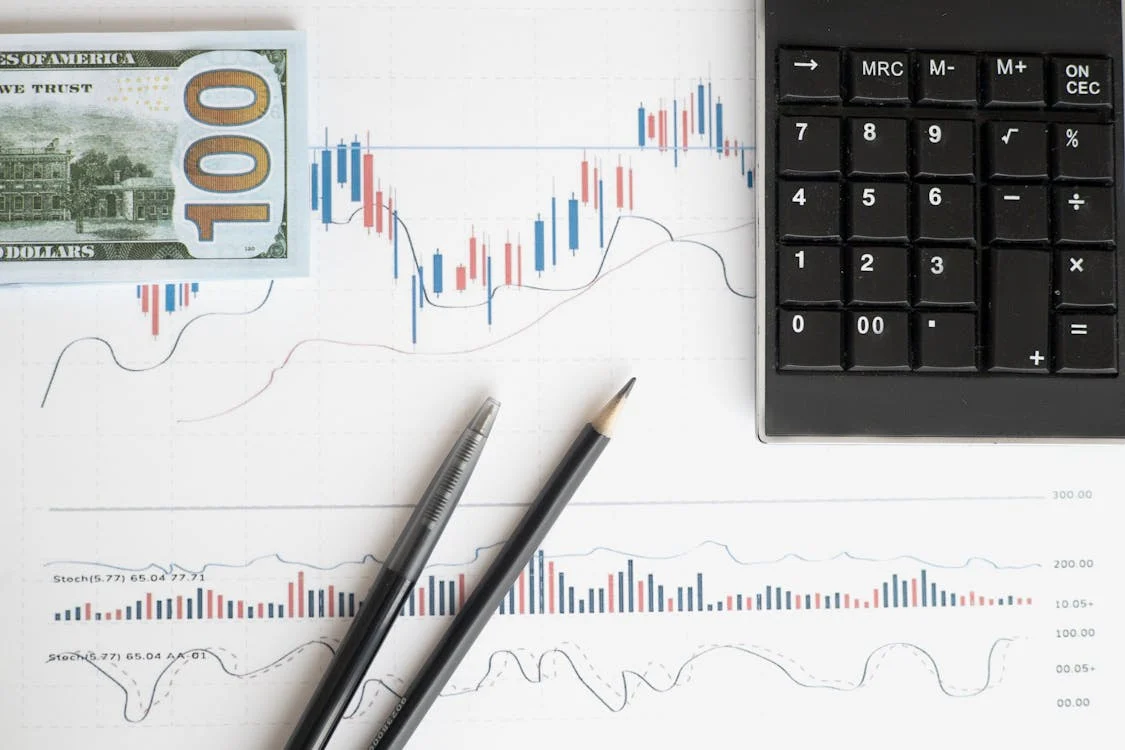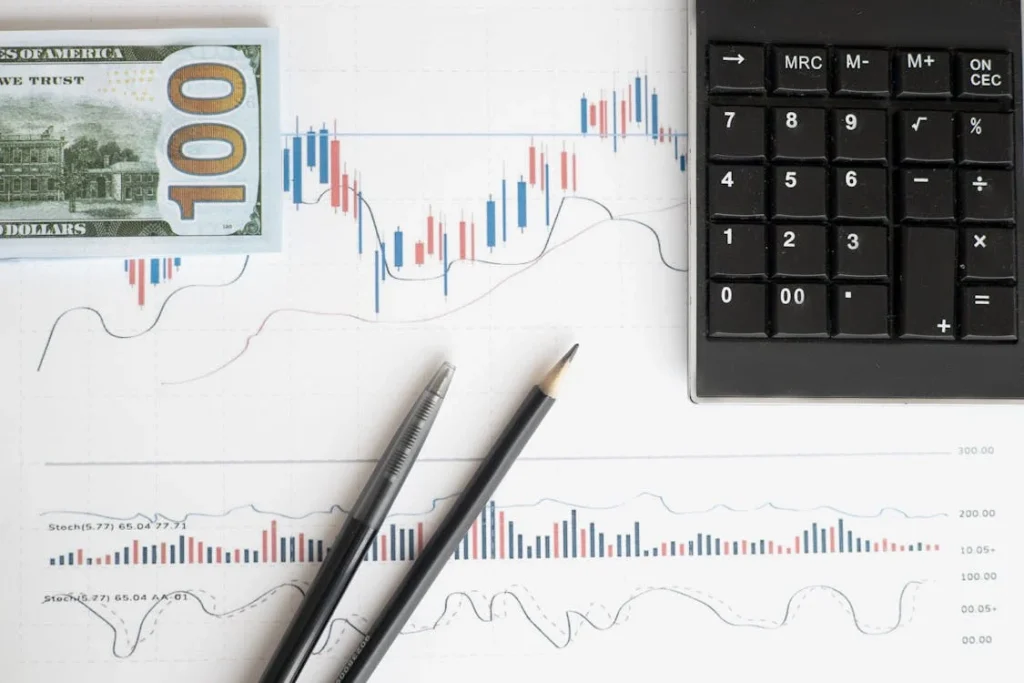How Economic Indicators Affect Forex Trading
Understanding economic indicators is crucial for successful Forex trading. These indicators provide valuable insights into the health of a country’s economy, helping traders to anticipate market trends and make informed trading decisions. In this article, we’ll explore how economic indicators influence currency values and how traders can use them to their advantage in Forex trading.

What Are Economic Indicators?
Economic indicators are statistical data points that reflect the economic performance of a country or region. These indicators are released by government agencies or private organizations and provide information on various aspects of the economy, such as growth, inflation, employment, and trade balance. There are three main types of economic indicators:
- Leading Indicators: These provide predictions about future economic activity. They are useful for forecasting trends and potential market movements. Examples include consumer confidence indices and stock market performance.
- Lagging Indicators: These reflect past economic activity. While they are not as useful for predicting future movements, they help traders understand the direction the economy is heading. Examples include GDP growth rate and unemployment data.
- Coincident Indicators: These reflect current economic activity. They provide an up-to-date snapshot of the economy. Examples include industrial production and retail sales.
By understanding these indicators, traders can anticipate how currency pairs may move in response to economic data releases and adjust their strategies accordingly.
Key Economic Indicators that Impact Forex Trading
1. Gross Domestic Product (GDP)
GDP is one of the most important economic indicators. It measures the total value of all goods and services produced within a country over a specified period. A higher GDP generally indicates a growing economy, which can lead to stronger demand for the country’s currency. Conversely, a declining GDP suggests economic contraction, which can weaken the currency.
Traders often look for GDP growth that outperforms market expectations, as this can lead to a surge in currency value. GDP reports are typically released quarterly, and traders pay close attention to them for signs of economic health.
2. Inflation Rate
Inflation is a key indicator of an economy’s purchasing power and stability. A moderate level of inflation is considered healthy, but if inflation rises too quickly, it can erode the value of a currency. Central banks use monetary policy to manage inflation, often by adjusting interest rates.
If inflation is rising rapidly, the central bank may raise interest rates to control inflation. Higher interest rates can attract foreign investment, increasing demand for the currency and pushing its value higher. On the other hand, falling inflation can signal an economic slowdown and lead to a weaker currency.
3. Employment Data
Employment data is another critical economic indicator. The most widely followed employment report is the U.S. Non-Farm Payroll (NFP) report, which shows the number of jobs added or lost in the economy, excluding agricultural jobs. A strong employment report typically signals a healthy economy, which can increase demand for a currency.
Conversely, weak employment figures can indicate an economic downturn, leading to a drop in currency value. Traders often use employment data to gauge the strength of a country’s labor market and its potential impact on the currency.
4. Interest Rates
Interest rates set by central banks play a significant role in determining the value of a currency. When central banks raise interest rates, it increases the return on investments denominated in that currency, attracting foreign capital and causing the currency to appreciate.
On the other hand, when interest rates are lowered, it can result in a decrease in demand for the currency, causing it to depreciate. Forex traders closely monitor central bank announcements for any changes in interest rates, as they often lead to significant market movements.
5. Consumer Confidence Index (CCI)
The Consumer Confidence Index (CCI) measures consumer optimism about the economy. When consumers are confident in their financial situation and the overall economy, they are more likely to spend money, which stimulates economic growth.
A high CCI generally signals a strong economy, which can lead to a stronger currency. Conversely, a low CCI can indicate economic uncertainty, leading to a weaker currency. Traders use this data to gauge future consumer behavior and its potential impact on the economy.
How to Use Economic Indicators in Forex Trading
1. Stay Informed
The first step to using economic indicators effectively is staying informed. Economic data is released regularly, and traders need to keep track of upcoming reports and their expected impact on the market. There are many resources, such as economic calendars, that help traders anticipate when reports are due to be released.
2. Analyze Market Reactions
While economic indicators provide valuable information, it’s equally important to analyze how the market reacts to them. Sometimes, a report may come in better than expected, but the currency may not respond in the anticipated way. This can happen when traders have already priced in the expected results.
Therefore, traders should not only focus on the data itself but also on how the market responds to the data release. This requires understanding market sentiment and the broader economic context.
3. Develop a Trading Strategy Around Economic Indicators
Once you understand how economic indicators affect the Forex market, it’s important to incorporate them into your trading strategy. For example, you might choose to trade around key economic events, such as GDP reports or interest rate decisions, by analyzing historical reactions and setting up trades accordingly.
Alternatively, you could focus on currency pairs that are highly sensitive to specific indicators. For instance, EUR/USD is often influenced by U.S. employment data, while the British pound can be sensitive to inflation reports from the Bank of England.
Conclusion
Incorporating economic indicators into your Forex trading strategy can provide a significant edge in the market. Understanding how these indicators impact currency movements helps traders make informed decisions and predict market trends. By staying informed, analyzing market reactions, and adapting your strategy to economic data, you can improve your chances of success in the dynamic world of Forex trading.




